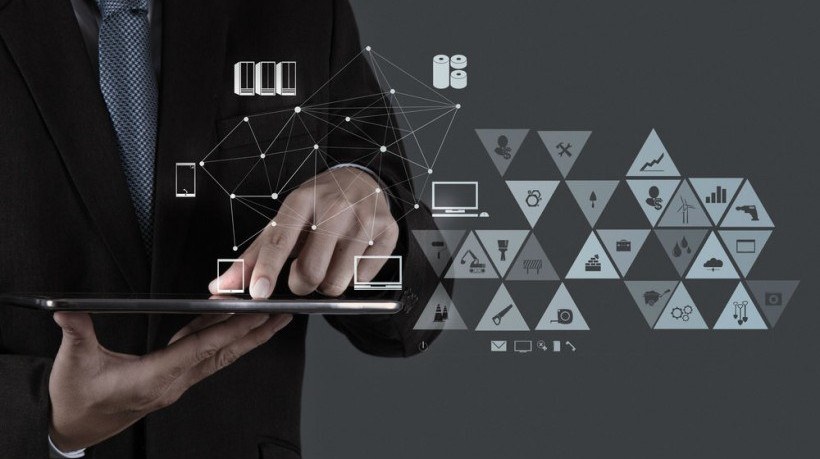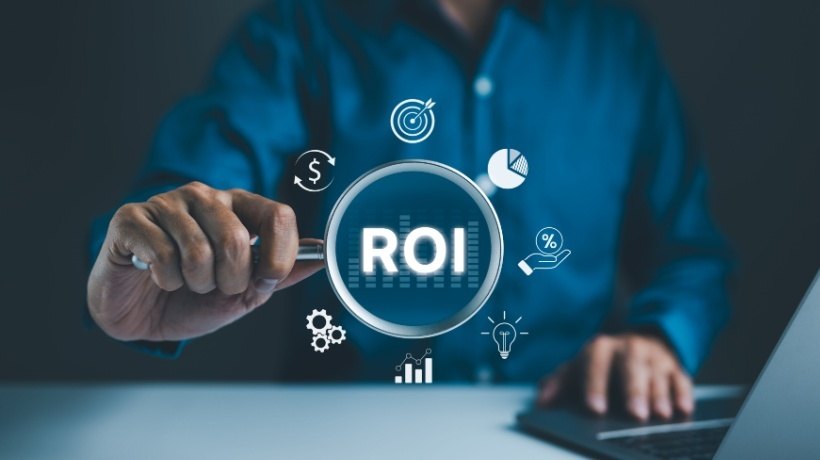LMS Benefits: 4 Reasons To Take Your Training Digital
A quality Learning and Development strategy is essential to the modern workforce. Whether it’s focused on building company culture or developing the skills employees need, L&D is the way. And a Learning Management System is the best way to deliver that content and cultivate engaged, effective employees.
The benefits of an LMS run the gamut from increasing efficiency to creating a framework for communication to developing culture. Let’s dive into a few specific examples of just how an LMS can help you succeed.
1. Create Centralized And Consistent Learning Content
Think of an LMS as a highly-tuned online tool that efficiently manages employee training, development, and engagement. With an LMS, you create learning content, distribute it to your entire organization, track completions, and build a powerful community all in a single system. It’s designed to streamline and manage everything you need to train your workforce in the most organized and productive way possible.
An LMS is designed specifically to take all the components of great learning, organize them all in one place, and power an entire company’s training program. It’s one tool to empower your employees. Training is standardized across an entire organization, which means everyone in the company has access to the training materials they need and no one gets left behind.
2. Control Through Tracking, Reporting, Data, And Analytics
You have control over the entire learning process with an LMS. That means you can pull data on everything from logins to course completions and even to a learner’s voluntary contributions to the system. Powerful, in-depth data allows you to draw insights and make informed decisions on how to improve a Learning and Development strategy.
A good, modern LMS has a variety of reports—some that system administrators can run and some that learners can see. Generally, they fall across 3 levels: the individual, the course, and the system. You can check a learner’s progress through course material. Data from the course itself can show you how learners are faring, and whether you should tweak the content. And system-wide data gives you a sense of how engaged learners are within the system, or how well your L&D strategy is performing.
3. Reward And Recognize Positive Behaviors
Culture is impossible to build if the system is built entirely on sticks. You need more than a few carrots to engage learners. An LMS gives you several different options for incentivizing learner participation. Gamification allows you to assign points to things like logging in, completing a course, or answering questions on a forum.
The techniques of gamification—things like using levels, points, badges, leaderboards—appeal to a learner’s desire to compete and achieve in addition to learning. Applying these principles has been shown to increase collaboration, foster greater learner independence, increase learner engagement, and promote healthy competition among employees.
The reason these techniques are effective is that a modern LMS functions much like social media. Each learner has a profile that others can see, which allows for things like leaderboards and levels. Profiles also let you give specific shout-outs and recognition to high performers. That sort of public recognition lends a little weight and value to monthly or quarterly points competitions.
4. Communicate Your Culture
Not all LMSs provide the functionality to support culture and community. But it’s a distinct advantage for any organization if an LMS does have features that allow users to consume training content and participate in cultural communication and learning.
Research shows that formal learning only accounts for 10% of a person’s knowledge. The other 90% comes from social learning—which is real-world experience and learning from others. A modern LMS empowers learners by giving them the ability to talk to one another, upload their own content, and interact with other content.
Communicating your culture goes beyond facilitating meaningful interactions between learners. You can show culture through the design of your LMS. Branding is key. So are smaller details such as warm colors, welcoming fonts, and pleasant textures. Bring all those pieces together in a clean, intuitive layout and employees will enjoy logging onto your LMS and understand the deeper values of the organization’s mission and direction.
The workforce skews younger each year. Millennials prefer to work for companies whose mission and values align with their own, and companies that offer quality professional development programs. The ability of an LMS to deliver cultural and training components in a single system is a tremendous benefit.









